Country
Crash of a Beechcraft E18S in Miami: 1 killed
Date & Time:
May 2, 2011 at 0809 LT
Registration:
N18R
Survivors:
No
Schedule:
Miami - Marsh Harbour
MSN:
BA-312
YOM:
1957
Crew on board:
1
Crew fatalities:
Pax on board:
0
Pax fatalities:
Other fatalities:
Total fatalities:
1
Aircraft flight hours:
13221
Circumstances:
After taking off from runway 9L at his home airport and making an easterly departure, the pilot, who was also the president, director of operations, and chief pilot for the on-demand passenger and cargo operation, advised the air traffic controller that he was turning downwind. According to witnesses, the airplane did not sound like it was developing full power. The airplane climbed to about 100 feet, banked to the left, began losing altitude, and impacted a tree, a fence, and two vehicles before coming to rest in a residential area. A postcrash fire ensued, which consumed the majority of the cabin area and left wing. Examination of the accident site revealed that the airplane had struck the tree with its left inboard wing about 20 feet above ground level. Multiple tree branches exhibiting propeller cuts were found near the base of the tree. Propeller strike marks on the ground also corresponded to the location of the No. 1 (left side) propeller. There were minimal propeller marks from the No. 2 (right side) propeller. Examination of the propellers revealed that the No. 1 propeller blades exhibited chordwise scratching and S-bending, consistent with operation at impact, but the No. 2 propeller blades did not exhibit any chordwise scratching or bending, which indicates that the No. 2 engine was not producing power at the time of impact. There was no evidence that the pilot attempted to perform the manufacturer’s published single engine procedure, which would have allowed him to maintain altitude. Contrary to the procedure, the left and right throttle control levers were in the full-throttle position, the mixture control levers were in the full-rich position, neither propeller was feathered, and the landing gear was down. Postaccident examination of the No. 1 engine revealed no evidence of any preimpact malfunction or failure. However, the No. 2 engine's condition would have resulted in erratic and unreliable operation; the engine would not have been able to produce full rated horsepower as the compression on four of the nine cylinders was below specification and both magnetos were not functioning correctly. Moisture and corrosion were discovered inside the magneto cases; the left magneto sparked internally in a random pattern when tested and its point gap was in excess of the required tolerance. The right magneto's camshaft follower also exhibited excessive wear and its points would not open, rendering it incapable of providing electrical energy to its spark plugs. Additionally, the main fuel pump could not be rotated by hand; it exhibited play in the gear bearings, and corrosion was present internally. When the airplane was not flying, it was kept outdoors. Large amounts of rain had fallen during the week before the accident, which could have led to the moisture and corrosion in the magnetos. Although the pilot had been having problems with the No. 2 engine for months, he continued to fly the airplane, despite his responsibility, particularly as president, director of operations, and chief pilot of the company, to ensure that the airplane was airworthy. During this period, the pilot would take off with the engine shuddering and would circle the departure airport to gain altitude before heading to the destination. On the night before the accident, the director of maintenance (DOM) replaced the No. 1 cylinder on the No. 2 engine, which had developed a crack in the fin area and had oil seeping out of it. After the DOM performed the replacement, he did not do a compression check or check the magnetos; such checks would have likely revealed that four of the remaining cylinders were not producing specified compression, that the magnetos were not functioning correctly, and that further maintenance was necessary. Review of the airplane's maintenance records did not reveal an entry for installation of the cylinder. The last entry in the maintenance records for the airplane was an annual and a 100-hour inspection, which had occurred about 11 months before the accident.
Probable cause:
The pilot’s improper response to a loss of power in the No. 2 engine and his failure to ensure that the airplane was airworthy. Contributing to the accident was the inadequate engine maintenance by the operator's maintenance personnel.
Final Report:
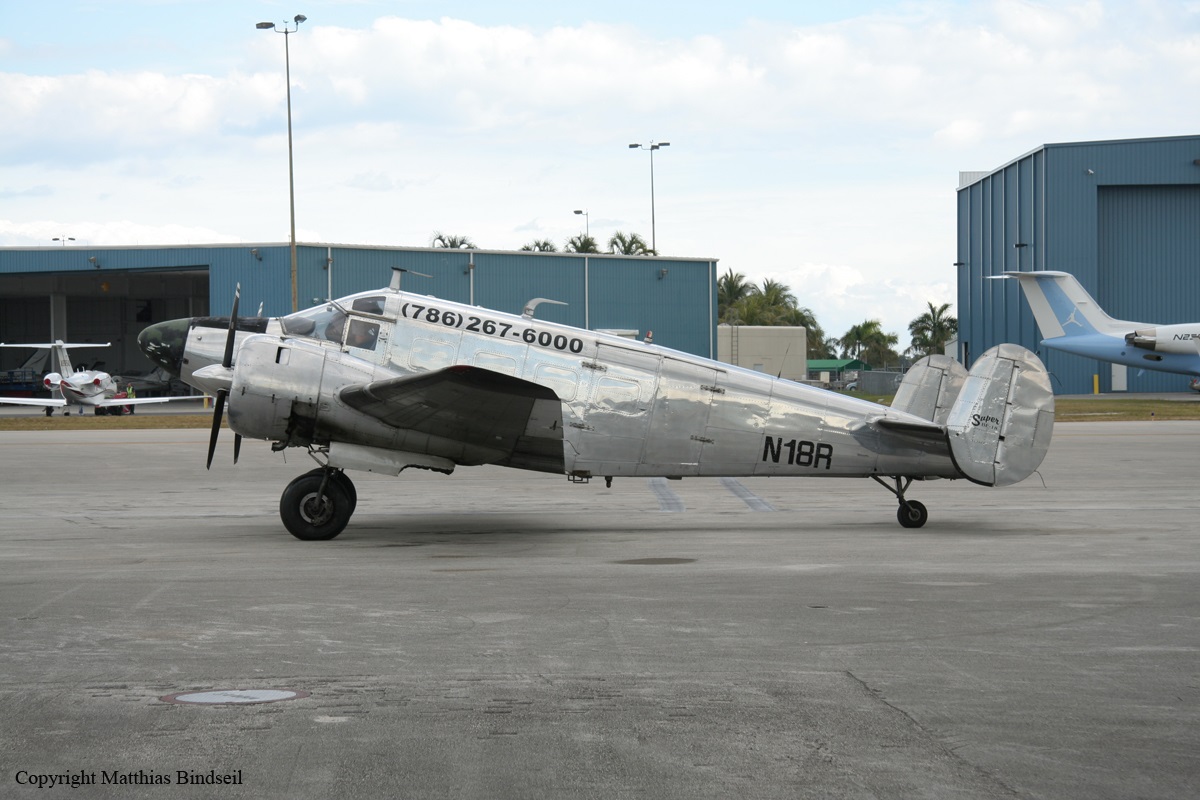

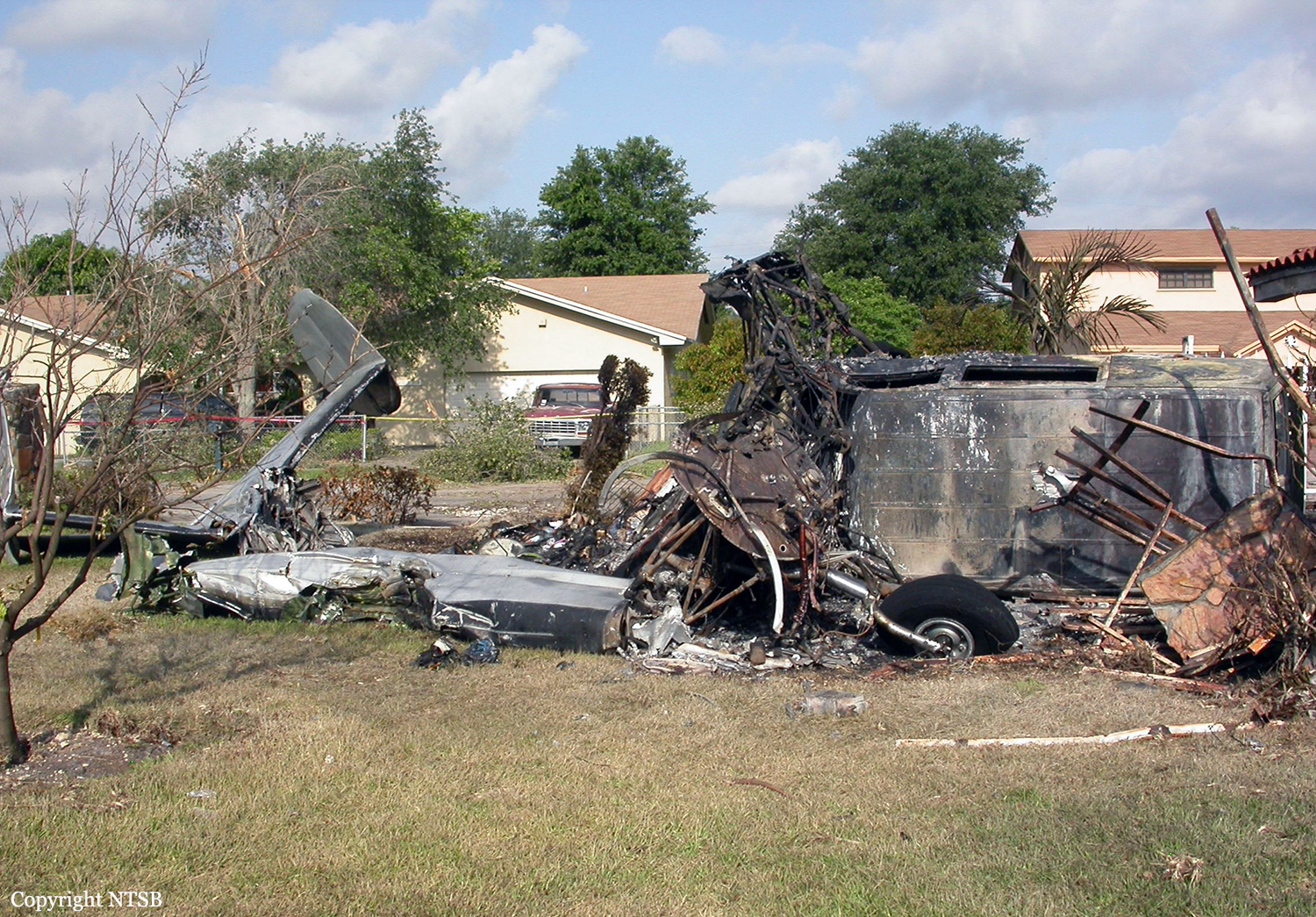
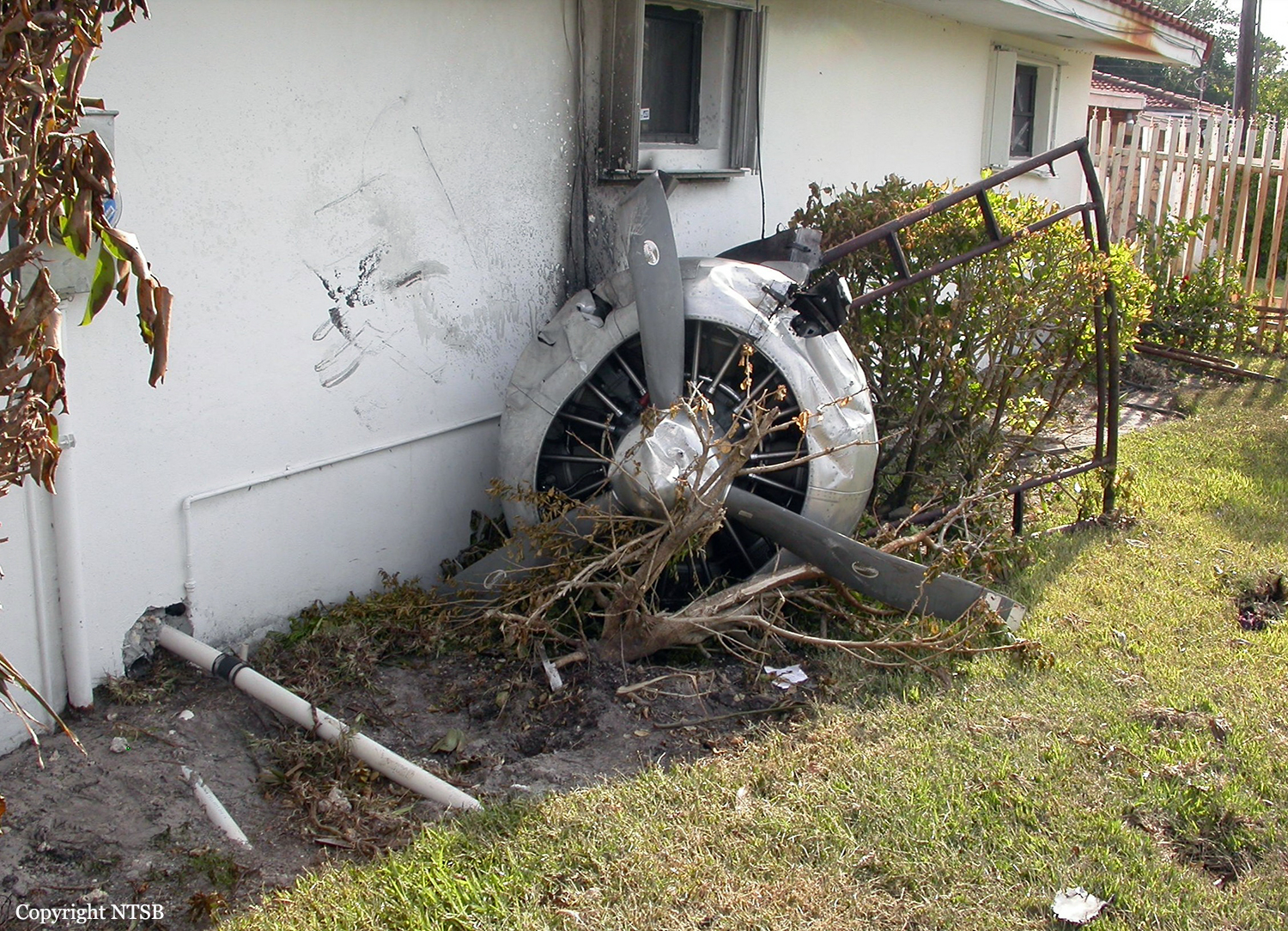
Crash of a Beechcraft E18S in New Stuyahok
Date & Time:
Jan 3, 2011 at 1350 LT
Registration:
N9001
Survivors:
Yes
Schedule:
Kenai - New Stuyahok
MSN:
BA-460
YOM:
1959
Crew on board:
1
Crew fatalities:
Pax on board:
0
Pax fatalities:
Other fatalities:
Total fatalities:
0
Captain / Total hours on type:
464.00
Aircraft flight hours:
19571
Circumstances:
The pilot reported that the runway at the destination airport was ice-covered, and that upon touchdown the surface was slicker than he had anticipated. He aborted the landing by applying full power to take off. The airplane was unable to out-climb the rising terrain at the end of the runway, and it collided with terrain, sustaining substantial damage to the fuselage and both wings. The pilot indicated that there were no mechanical issues with the airplane that precluded its normal operation.
Probable cause:
The pilot's misjudgment of the runway surface condition, resulting in an aborted landing and collision with rising terrain during the ensuing takeoff attempt.
Final Report:




Crash of a Beechcraft E18S in Jones Creek
Date & Time:
Oct 3, 2009 at 1030 LT
Registration:
N797SB
Survivors:
Yes
Schedule:
Angleton - Angleton
MSN:
BA-172
YOM:
1956
Crew on board:
1
Crew fatalities:
Pax on board:
0
Pax fatalities:
Other fatalities:
Total fatalities:
0
Captain / Total hours on type:
37.00
Circumstances:
The pilot was spraying a marshy area for mosquitoes. After making a spray pass, he made a right 180-degree turn to an easterly heading and the right wing struck a radio tower. The pilot didn't know the extent of the damage and there appeared to be a "controllability issue." He elected to land in a pasture. During the landing, the airplane struck and killed a cow and a bull, then collided with a pile of wood, resulting in substantial damage. The unlit 100-foot radio tower was within the walls of a correctional facility, was used for ground communications, and has been there for several years. It was not marked on sectional charts.
Probable cause:
The pilot's failure to see and avoid the radio tower.
Final Report:


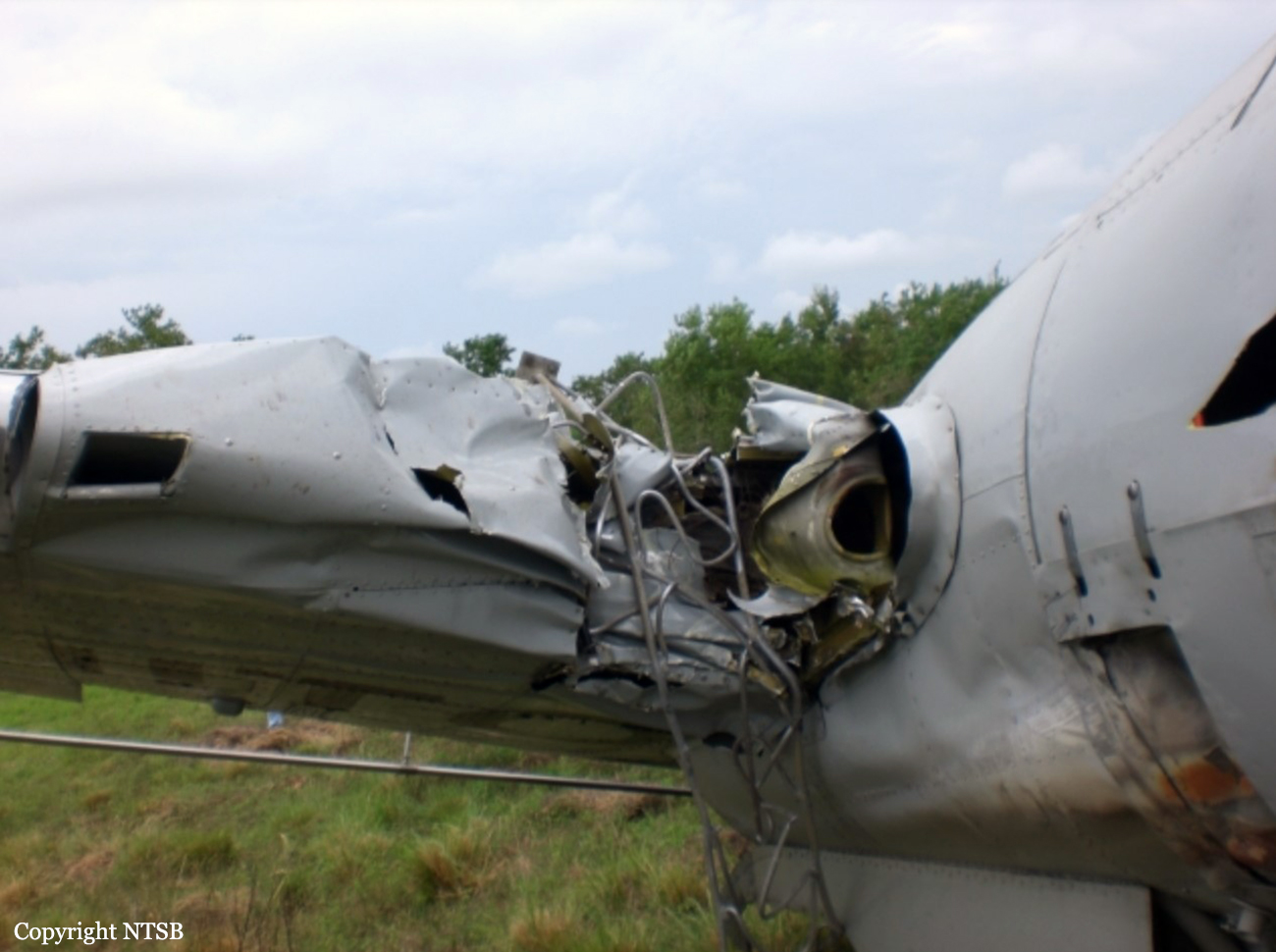
Crash of a Beechcraft E18S in Eden Prairie: 2 killed
Date & Time:
Aug 12, 2009 at 1145 LT
Registration:
N3038C
Survivors:
No
Schedule:
Eden Prairie - Osceola
MSN:
BA-374
YOM:
1958
Crew on board:
1
Crew fatalities:
Pax on board:
1
Pax fatalities:
Other fatalities:
Total fatalities:
2
Captain / Total hours on type:
0.00
Aircraft flight hours:
10626
Circumstances:
The pilot purchased the airplane approximately one year prior to the accident with the intention of restoring it for flight. The airplane had not been flown for approximately five years and had been used for spare parts. The pilot was flying the airplane to another airport to pick up passengers prior to returning. The pilot was cleared for takeoff and to circle the airport at 2,500 feet prior to departing the area. Witnesses reported that after taking off the airplane seemed to “wobble” at a slow airspeed in a nose-high attitude and that it never got higher than 500 feet. Some witnesses reported the engine(s) sputtering, and another stated that the airplane was loud and "didn't sound good," although other witnesses reported that the engines sounded normal. One witness reported seeing white smoke coming from the left engine and hearing the engine "popping" as the airplane took off. The airplane made three left turns and it appeared as if the pilot was attempting to return to land. Witnesses described the left wing rising prior to the airplane banking hard to the left and the nose dropping straight down. The airplane impacted the ground just northeast of the airport property and a postimpact fire ensued. Flight control continuity was established. The right side of the elevator/tailcone structure exhibited black rub marks and scrapes. Grass and nesting material was found inside the left wing. The left fuel valve was found in the OFF position and the right fuel valve was positioned to the rear auxiliary tank. Neither the fuel crossfeed valve nor the fuel boost pump switch was located. The left engine sustained substantial fire and impact damage. The right engine sustained heavy impact damage. The airplane was last fueled one month prior to the accident with 120 gallons of fuel. About 20 engine test runs in addition to high-speed taxi tests had been conducted since then. A Special Flight Permit had been obtained but had not been signed by the mechanic, who did not know that the pilot was going to fly the airplane on the day of the accident. The pilot reportedly did not have any Beech 18 flight experience.
Probable cause:
The pilot’s lack of experience flying the accident make and model of airplane, which led to a loss of control while maneuvering to return to the airport. Contributing to the accident was a partial loss of engine power for undetermined reasons.
Final Report:
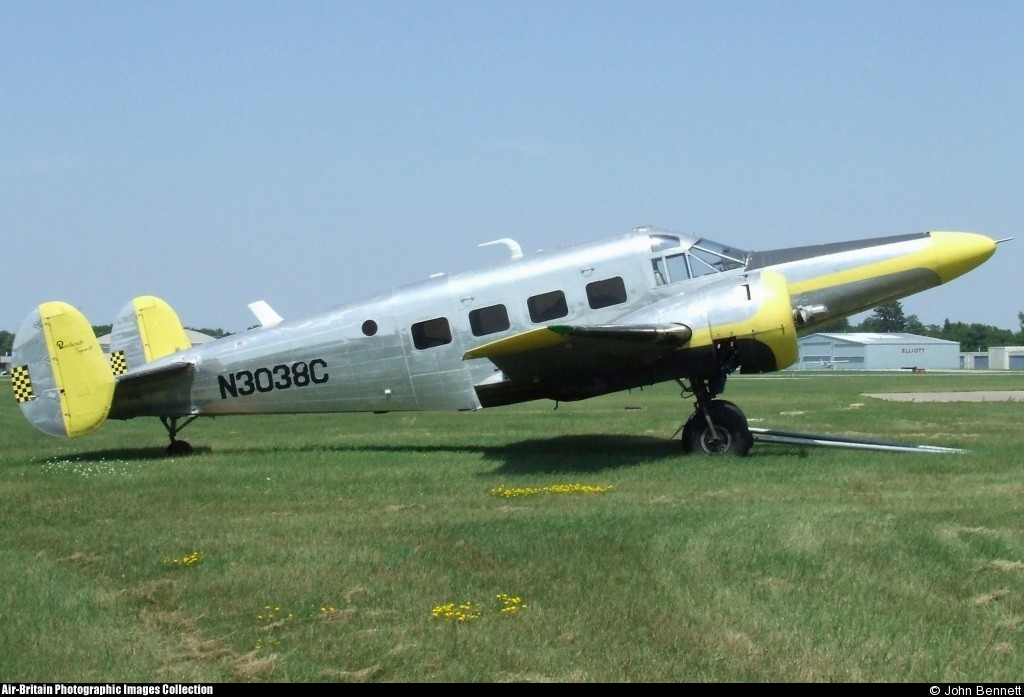
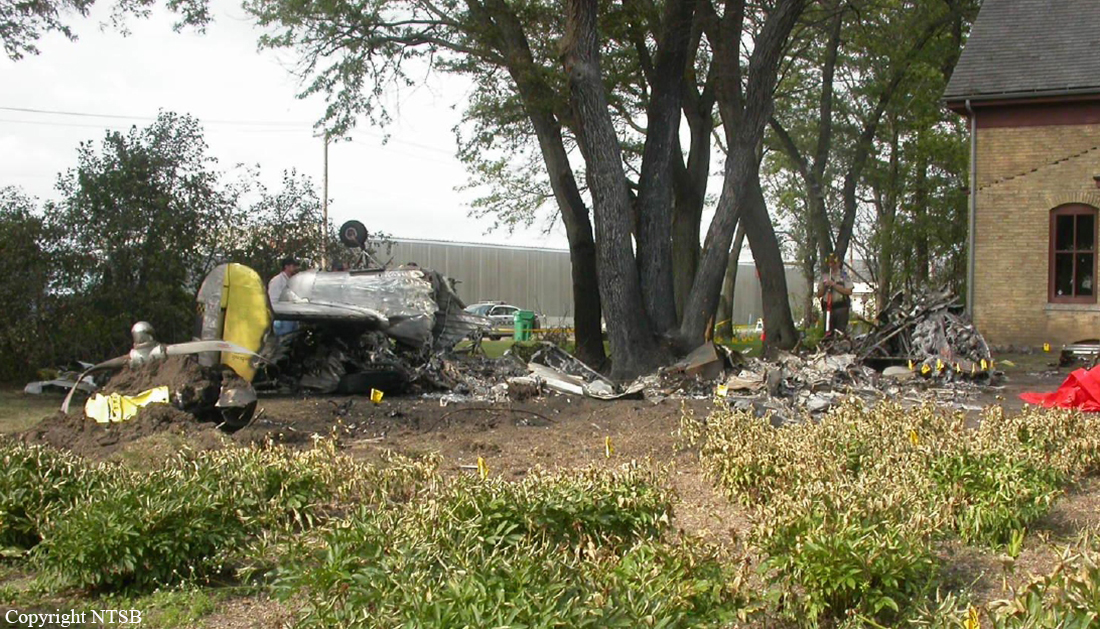

Crash of a Beechcraft E18S in Venice
Date & Time:
Jun 26, 2002 at 0800 LT
Registration:
N1002C
Survivors:
Yes
Schedule:
Venice - Cancún
MSN:
BA-251
YOM:
1957
Crew on board:
1
Crew fatalities:
Pax on board:
2
Pax fatalities:
Other fatalities:
Total fatalities:
0
Captain / Total hours on type:
250.00
Aircraft flight hours:
10500
Circumstances:
An airplane impacted the runway shortly after takeoff. According to the pilot, the airplane rolled sharply to the left immediately after liftoff from the runway. The passenger in the back seat stated the airplane banked sharply to the left after takeoff. The pilot then applied right rudder and aileron to stop the roll. Unable to level the airplane with the horizon, the pilot elected to reduce power to idle on both engines and land on the remaining runway. The airplane impacted the runway, slid into the grass and erupted into flames.
Probable cause:
The pilot's improper use of flight controls during takeoff, that resulted in the loss of control during takeoff.
Final Report:

